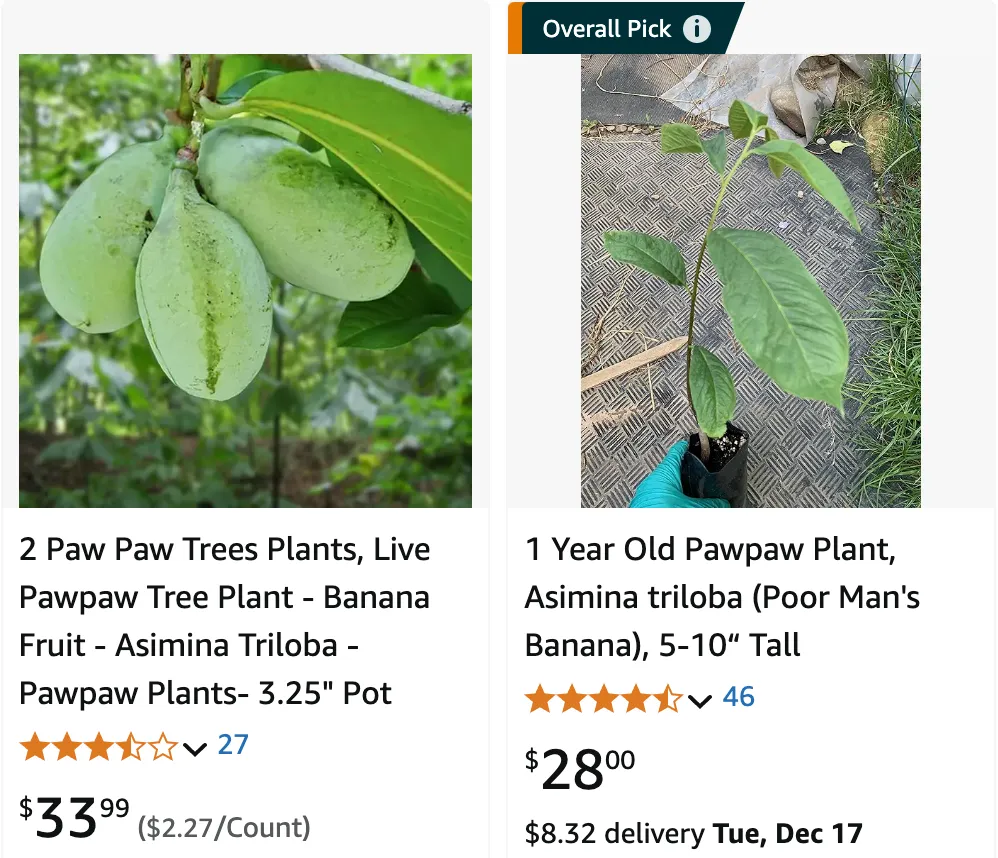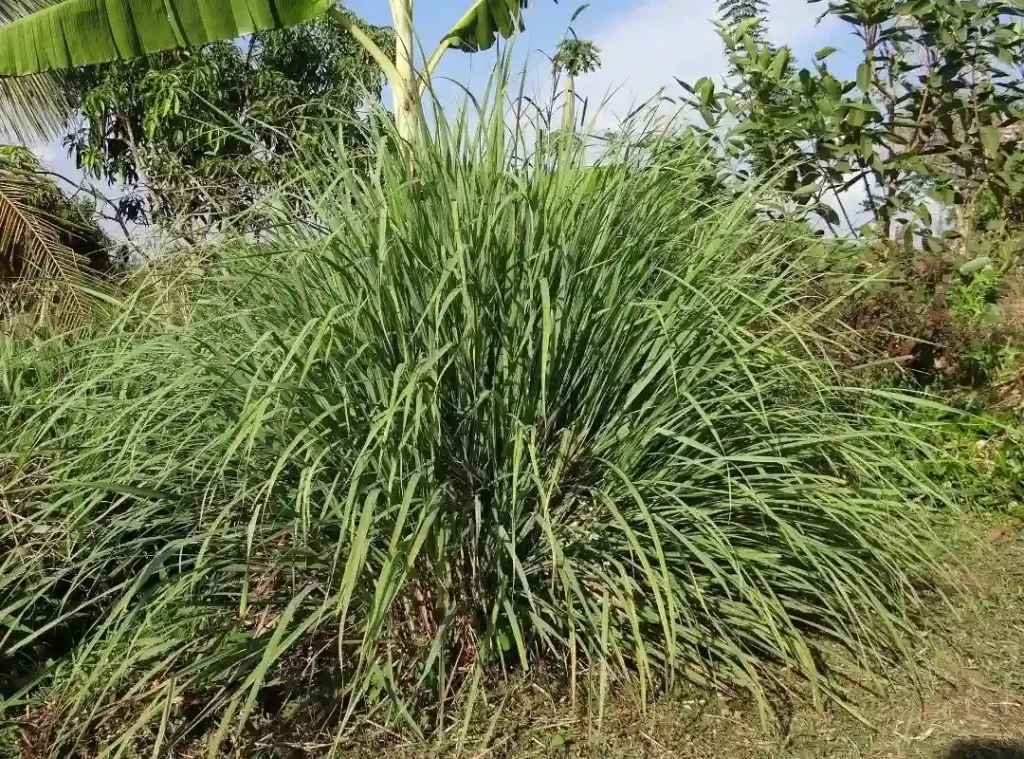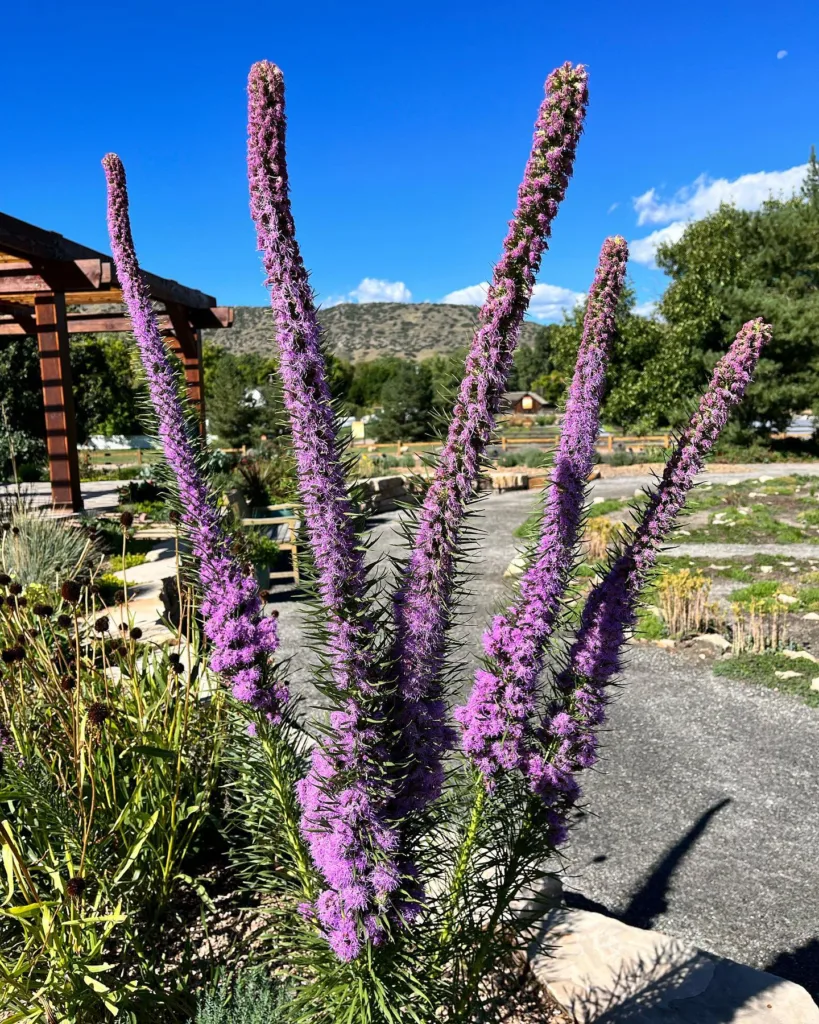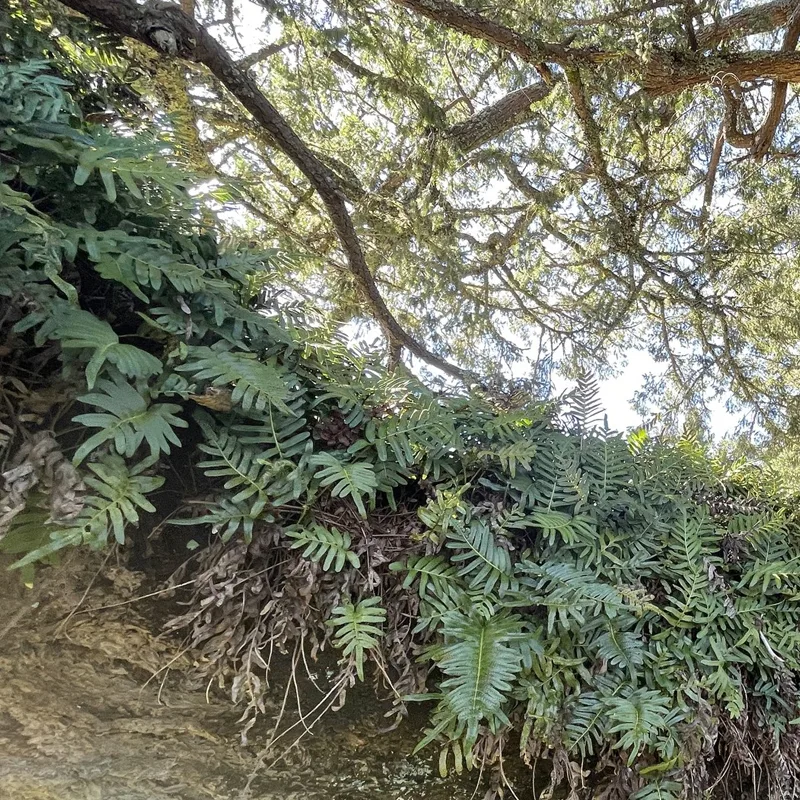
January 23 – Asimina
“Asimina, the pawpaw tree, represents January 23.”
Asimina signifies abundance and nourishment. You are generous and nurturing, always offering support and kindness to those in need.
My Fascination with the Asimina Genus
As a botanist, I’ve always been drawn to the unique and the unusual in the plant world. That’s why the Asimina genus, with its curious fruits and fascinating biology, has captured my attention. Native to North America, Asimina is the only temperate genus in the largely tropical Annonaceae family, which includes such exotic fruits as the cherimoya and soursop. But unlike its tropical cousins, Asimina thrives in the cooler climates of eastern North America.
Perhaps the most well-known member of the genus is Asimina triloba, commonly known as the pawpaw. I remember my first encounter with a pawpaw fruit. Its large, oblong shape and yellowish-green skin reminded me of a mango, but with a unique aroma all its own. The taste? A delightful blend of banana, mango, and pineapple, with a creamy texture that melts in your mouth. It’s no wonder the pawpaw has gained a cult following among fruit enthusiasts.
But the Asimina genus is more than just the pawpaw. It encompasses a diverse group of species, each with its own distinct characteristics. Let’s take a closer look at some of the other fascinating members of this genus:
Exploring the Diversity of Asimina
- Asimina triloba (Pawpaw): As I mentioned, this is the star of the genus, known for its large, edible fruits and widespread distribution. – Plant FAQs: Asimina Triloba – Pawpaw Tree
- Asimina parviflora (Smallflower Pawpaw): This species, as its name suggests, has smaller flowers and fruits than the pawpaw. It’s also more shrub-like in appearance. Plant FAQs: Asimina Parviflora – Dwarf Pawpaw
- Asimina incana (Woolly Pawpaw): This pawpaw is distinguished by its hairy leaves and stems, giving it a woolly appearance.
- Asimina reticulata (Netted Pawpaw): The netted pawpaw has a distinctive net-like pattern on its leaves.
- Asimina tetramera (Four-petal Pawpaw): This rare species is unique for having four petals per flower, unlike the usual three found in other Asimina. It’s also endangered, highlighting the importance of conservation efforts.
- Asimina pygmaea (Dwarf Pawpaw): True to its name, this is the smallest of the pawpaws, growing as a low shrub.
- Asimina obovata (Bigflower Pawpaw): This species boasts larger flowers than most other pawpaws and is found in Florida.
- Asimina angustifolia Raf.
- Asimina × bethanyensis DeLaney
- Asimina × colorata DeLaney
- Asimina × kralii DeLaney
- Asimina manasota DeLaney
- Asimina × nashii Kral
- Asimina × oboreticulata DeLaney
- Asimina × peninsularis DeLaney
- Asimina × piedmontana C.N.Horn
- Asimina pulchella (Small) Rehder & Dayton
- Asimina rugelii B.L.Rob.
The Ecological Importance of Asimina
Beyond their intriguing fruits and diverse forms, Asimina species play a vital role in their ecosystems. Their flowers are pollinated by a variety of insects, including flies and beetles, attracted by the flowers’ unique, somewhat pungent odor. The fruits provide a valuable food source for wildlife, such as raccoons, opossums, and birds. Even the leaves serve as larval food for the zebra swallowtail butterfly.
Conservation and Cultivation
Sadly, some Asimina species, like the four-petal pawpaw, are facing threats due to habitat loss and fragmentation. Conservation efforts are crucial to ensure their survival for future generations.
On a brighter note, the growing popularity of the pawpaw has led to increased cultivation efforts. More and more people are discovering the joys of growing and enjoying this unique fruit. I myself have planted a few pawpaw trees in my own backyard, and I eagerly anticipate the day I can harvest my own homegrown pawpaws.
The Asimina genus, with its intriguing diversity and ecological importance, serves as a reminder of the wonders hidden within the natural world. As we continue to explore and understand these fascinating plants, we gain a deeper appreciation for the intricate web of life that connects us all.
If i die, water my plants!



